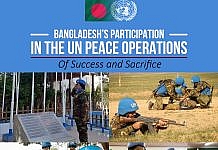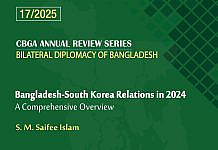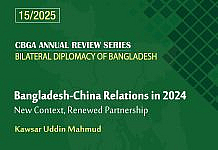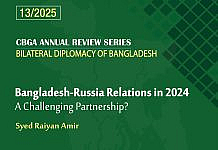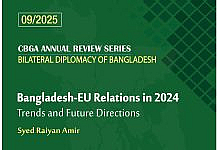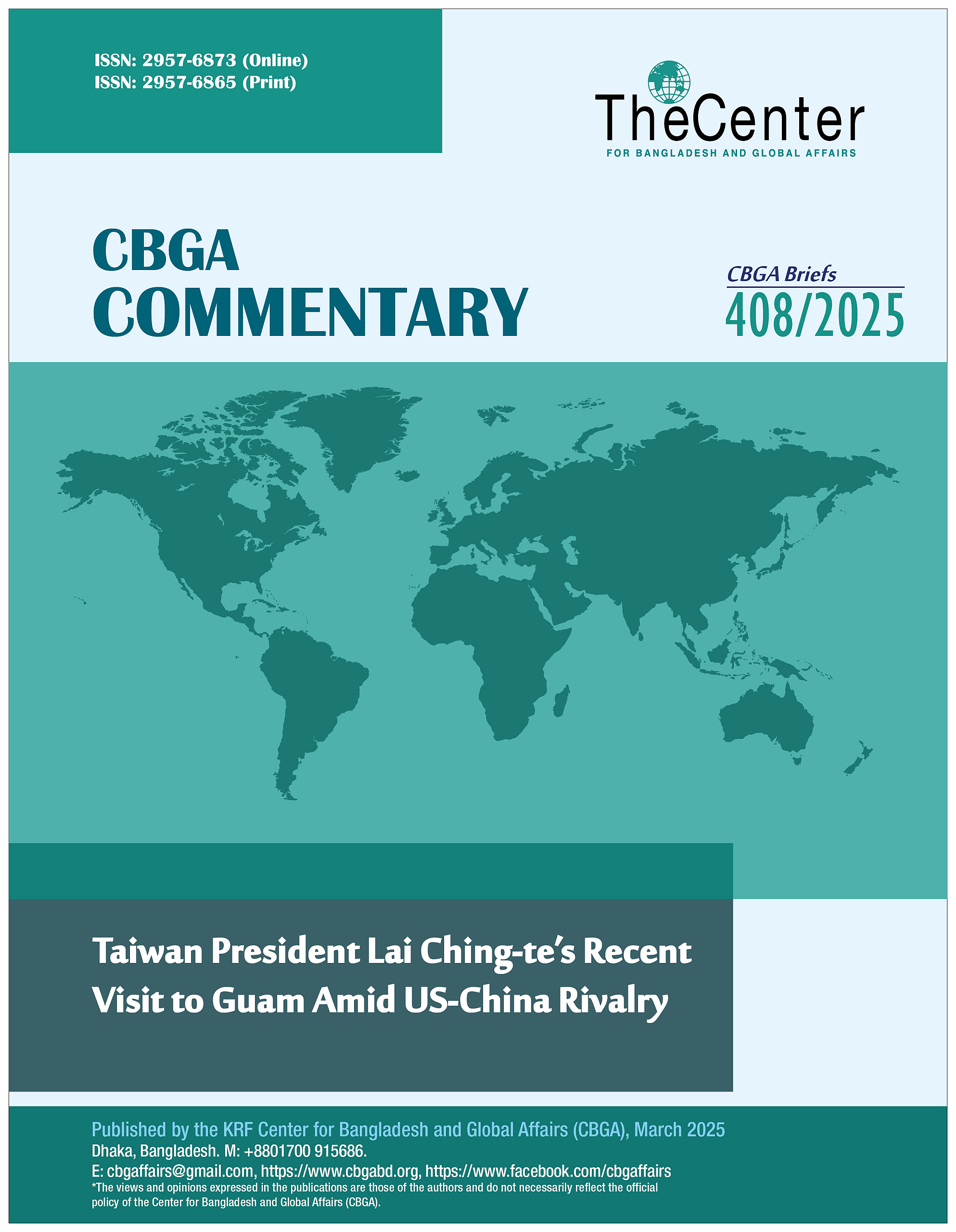
On December 5, 2024, Taiwan’s President Lai Ching-te made a significant stopover in Guam during his overseas tour, which included visits to Pacific nations that maintain diplomatic ties with Taiwan. While the visit aimed to strengthen relations and promote regional stability, it has drawn criticism from China and sparked concern among Guam’s residents about the island’s increasing prominence in the intensifying US-China rivalry.
This visit, Lai’s first since assuming the presidency in May, underscores the delicate balance of geopolitics in the Indo-Pacific region. As a self-governed island that Beijing considers a breakaway province, Taiwan is at the center of escalating tensions between China and the United States. The diplomatic and military significance of Lai’s visit has profound implications for Guam, a U.S. territory often referred to as the “tip of the spear” in the Pacific.
Guam’s Growing Geopolitical Role
Guam, located 2,500 miles from Beijing and 8,000 miles from Washington, is home to approximately 150,000 residents. Despite being U.S. citizens, Guamanians cannot vote in presidential elections and elect only a non-voting delegate to Congress. However, the island holds immense strategic value for the United States. Its location makes it a pivotal logistics hub for American naval and air operations, particularly in scenarios involving potential conflict over Taiwan or disputes in the South China Sea.
The island hosts two key military installations: Andersen Air Force Base in the north and Naval Base Guam in the south. Together, they occupy roughly 25% of Guam’s land and house thousands of U.S. troops, with an additional 5,000 Marines set to relocate from Japan’s Okinawa islands. The U.S. Department of Defense has allocated $11 billion to upgrade military infrastructure on Guam, including $1.5 billion for an integrated missile defense system.
These developments have heightened Guam’s significance in the broader Indo-Pacific strategy, but they have also fueled local concerns about the island becoming a target in the growing rivalry between Washington and Beijing.
The Context of Lai’s Visit
President Lai’s week-long trip included stops in the Marshall Islands, Tuvalu, and Palau, three of Taiwan’s few remaining diplomatic allies. His Guam visit followed a stopover in Hawaii and was framed as an “unofficial” visit by Washington to minimize friction with Beijing. Nevertheless, China condemned Lai’s stopovers, decrying them as “U.S. connivance and support for Taiwanese independence”.
Governor Lou Leon Guerrero welcomed Lai to Guam, calling his visit an “honor” and emphasizing the long-standing ties between Guam and Taiwan. However, many local residents viewed the visit with apprehension. Talofofo resident Debbie Quinata expressed concerns about Guam being further drawn into global tensions, saying, “Our security is already at risk because of the U.S. military build-up, and the visit pushes us closer to becoming the world’s most targeted community”.
Local Reactions: Between Pride and Concern
While government officials lauded Lai’s visit as a step toward strengthening ties, some residents voiced fears of Guam becoming collateral damage in a potential confrontation between China and the United States. Dave Lotz, a resident of Yigo, criticized what he perceived as the island’s role in a broader geopolitical game. “The sentiments of ordinary Guamanians are buried in the bigger picture of geopolitics,” he said. “It’s embarrassing that this visit is labeled ‘unofficial’ while our governor plays it up as a significant event”.
The juxtaposition of Guam’s strategic importance and its residents’ limited political power fuels a sense of vulnerability. The island’s reliance on military investments and tourism leaves it exposed to the consequences of escalating geopolitical tensions.
China’s Response and the Broader Implications
China’s reaction to Lai’s visit was swift and forceful. The Chinese Embassy criticized the stopovers, asserting that Beijing opposes “any form of official interaction” between Taiwan and the United States. The statement underscored Beijing’s long-standing position that Taiwan is an inseparable part of China and warned against actions that could embolden Taiwanese independence.
China’s condemnation of the visit reflects its broader strategy of countering perceived challenges to its territorial claims and sovereignty. For Beijing, Guam’s role as a U.S. military hub further complicates the dynamics of its rivalry with Washington. The island’s strategic location positions it as both a critical asset for U.S. operations and a potential target in any conflict scenario.
A Delicate Balancing Act
During his visit, Lai avoided direct mentions of Beijing but alluded to the broader challenges facing the Indo-Pacific. Speaking alongside Governor Guerrero, Lai emphasized the need for cooperation to safeguard peace and stability. “Taiwan and the United States will only ever further advance our great relations,” he said. “Together, we are good partners in defending democracy, freedom, and prosperity”.
Governor Guerrero echoed these sentiments, highlighting the economic and cultural ties between Guam and Taiwan. She pointed to Taiwanese investments as key contributors to Guam’s development, describing the relationship as transformative. Representatives from neighboring Northern Mariana Islands also joined the discussions, underscoring the region’s interconnectedness and shared concerns.
Geopolitical Stakes and Regional Security
Guam’s strategic importance has grown in tandem with rising U.S.-China tensions. The island’s role as a military outpost and logistics hub makes it a linchpin in American defense strategy, particularly in scenarios involving Taiwan or the South China Sea. However, this increased significance comes with heightened risks.
Former U.S. Congressman Robert Underwood, president of the Pacific Center for Island Security, noted that Lai’s visit places Guam further into the spotlight of U.S.-China competition. “The U.S. may be highlighting the trip to aggravate the PRC, and the PRC may be responding more strongly to demonstrate their seriousness”, he said.
These dynamics illustrate the precarious position of Guam and other Pacific territories as geopolitical tensions escalate. The presence of U.S. military installations provides a strategic advantage but also makes the island a potential target in any conflict scenario.
The Broader Indo-Pacific Context
Lai’s visit to Guam must be viewed within the larger context of U.S. efforts to counter China’s influence in the Indo-Pacific. Washington has bolstered its partnerships with regional allies, increased its military presence, and engaged in high-profile diplomatic initiatives to reaffirm its commitment to the region.
For Taiwan, visits like Lai’s serve as a reminder of its limited diplomatic space and the importance of maintaining ties with its few remaining allies. The stopover in Guam underscores Taiwan’s efforts to navigate the complexities of its relationship with the United States while asserting its presence in the Pacific.
Looking Ahead: Challenges and Opportunities
As President Lai concluded his visit and continued to Palau, the implications of his trip remain a subject of debate. For Guam, the visit highlighted both the opportunities and challenges of its role in the Indo-Pacific. While the island benefits from its strategic importance, it also faces the risks associated with being a focal point of U.S.-China tensions.
The growing militarization of Guam, coupled with its reliance on federal investments, places it at the intersection of competing priorities. Local leaders must navigate these complexities while advocating for the interests of their constituents.
For Taiwan, Lai’s visit reinforces its commitment to maintaining a presence in the international arena, despite Beijing’s opposition. The trip underscores the delicate balancing act required to strengthen ties with allies without provoking further tensions with China.
Conclusion: Navigating a Complex Geopolitical Landscape
President Lai Ching-te’s visit to Guam is emblematic of the broader challenges facing the Indo-Pacific region. As the United States and China vie for influence, territories like Guam find themselves at the forefront of a high-stakes geopolitical contest. The visit highlights the interconnectedness of regional security, economic development, and diplomatic relations in a rapidly changing global landscape.
For Guam, the visit was a reminder of its strategic value and the responsibilities that come with it. For Taiwan, it was an opportunity to assert its role as a democratic partner in the region. And for the United States and China, it was yet another flashpoint in an ongoing struggle for dominance. As these dynamics continue to evolve, the need for dialogue, cooperation, and a commitment to peace remains paramount.
– Syed Raiyan Amir is a Senior Research Associate at the KRF Center for Bangladesh and Global Affairs (CBGA).


